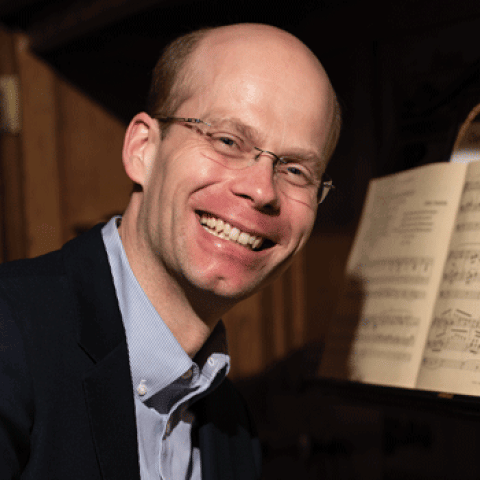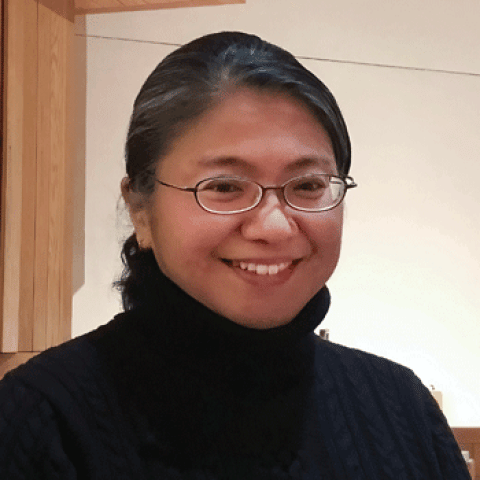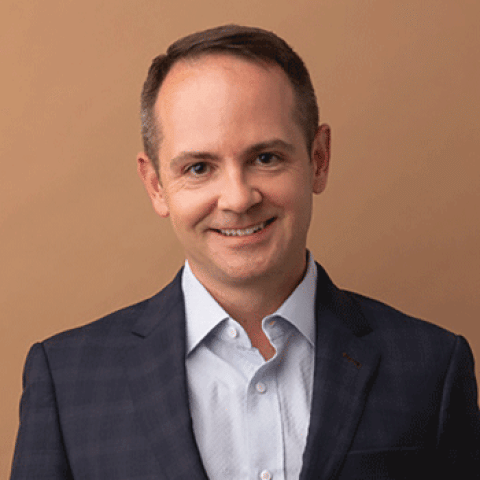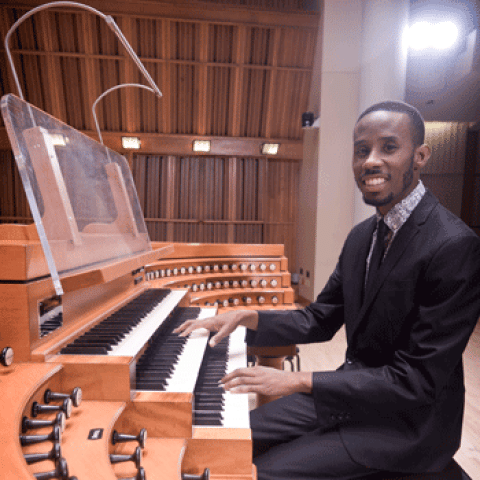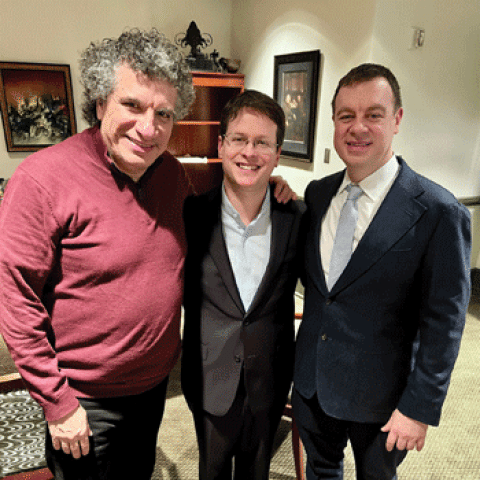
Daniel Roth has retired from his duties as titulaire of the Grand Organ at St. Sulpice Church, Paris, France, and has been named Titulaire Émérite. He will continue to play at St. Sulpice one Sunday each month for the 10:00 a.m. organ demonstration and the 11:00 a.m. Mass.
Fr. Henri de La Hougue, priest-in-charge of St. Sulpice Church, announced that Sophie-Véronique Cauchefer-Choplin, who has for many years served as deputy titulaire to Daniel Roth, will be appointed co-titulaire of the Grand Orgue. De La Hougue desired to have a second co-titulaire who would work with her and in coordination with Daniel Roth. After consultations, Father de La Hougue selected Karol Mossakowski to be the new co-titulaire of the Grand Organ at St. Sulpice. Mossakowski has previously served as titulaire at the Cathedral Basilica of Notre Dame de la Treille, Lille, France.
Daniel Roth is represented in the United States by Karen McFarlane Artists, Inc. For information: concertorganists.com.
Other recent appointments, promotions, honors:
Colin Lynch to Trinity Church, Copley Square

